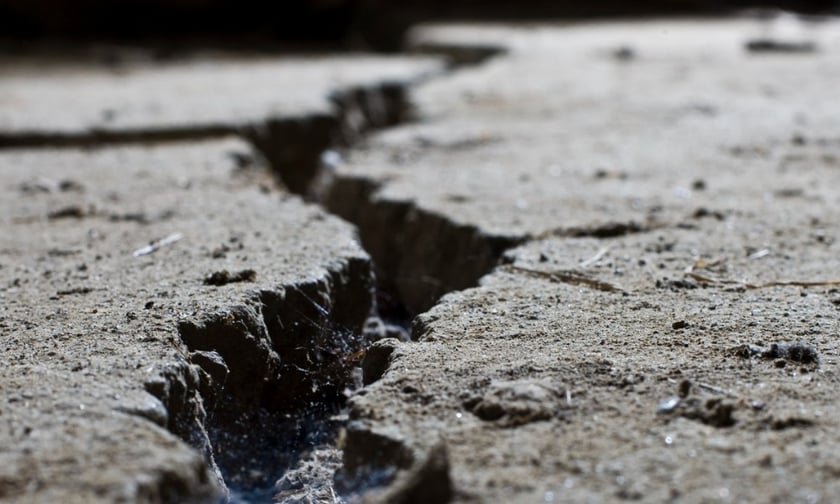

A 4.8 magnitude earthquake struck near Buan-gun in North Jeolla Province, South Korea, on Wednesday morning, presenting significant implications for the insurance industry.
The Korea Meteorological Administration (KMA) reported that the quake, which occurred at 8:26am, is the strongest in South Korea this year and the most powerful ever recorded in the country’s southwestern region.
According to a report by The Korea Herald, the earthquake’s depth was measured at eight kilometres. the quake was followed by 17 aftershocks, with the strongest aftershock registering a magnitude of 3.1. The tremors were felt across various regions, including Seoul, Incheon, and Gyeonggi Province, raising concerns for insurers regarding widespread claims.
A nationwide emergency alert was issued shortly after the quake. The KMA classified the earthquake as “moderate” on the Modified Mercalli intensity scale, indicating notable effects on buildings and structures in North Jeolla Province.
Local officials noted that such a strong earthquake is unusual for the region, which lacks seismically active fault lines. Historically, there have been 28 recorded earthquakes within an 80-kilometre radius of Buan since 1978. The previous strongest earthquake in the area, measuring 3.9, occurred in December 2015 in Iksan, North Jeolla Province.
The KNational Fire Agency and the KMA received 309 reports related to the earthquake by 10:30am, mostly concerning property damage and shaking from aftershocks, according to The Korea Herald.
Reports included structural damages such as cracks in walls, broken windows, and collapsed ceilings, particularly in schools and residential areas. Notably, no injuries or casualties were reported.
Of the 309 reports, 77 came from North Jeolla Province, where Buan-gun is located. Reports were also filed from as far as Wonju in Gangwon Province, approximately 300 kilometres northeast of Buan-gun.
The insurance industry is preparing for an influx of claims related to property damage.
Kim Ha-jin, a resident of Jeonju, located 36 kilometres from Buan-gun, shared her experience.
“I woke up after hearing loud, banging noises by my walls around 8:28am and shortly felt my entire room shake,” she told The Korea Herald. “My books and sheets of paper that were stacked up on my desk scattered all across the floor. It was really scary.”
In response to the earthquake, the Ministry of Education reported that four schools closed, including one in Buan-gun and three others in North Chungcheong, South Chungcheong, and South Jeolla provinces.
Additionally, three schools in the Chungcheong provinces and North Jeolla Province adjusted their schedules, while another in North Jeolla Province switched to online classes for the day.
Following the earthquake, President Yoon Suk Yeol directed government agencies to conduct rapid damage assessments and safety checks, and to provide accurate information to the public to prevent anxiety over potential aftershocks.
Prime Minister Han Duck-soo instructed the interior minister to implement effective safety measures and provide guidelines for high-risk areas. He also tasked industry, science, and land ministers with ensuring the stability of power and communication lines and preparing emergency measures.
A recent climate and catastrophe report that focused on the Asia-Pacific (APAC) region highlighted the economic impacts of natural disasters and the need for enhanced insurance coverage. It revealed that economic damages in the region totalled US$65 billion in losses last year.
